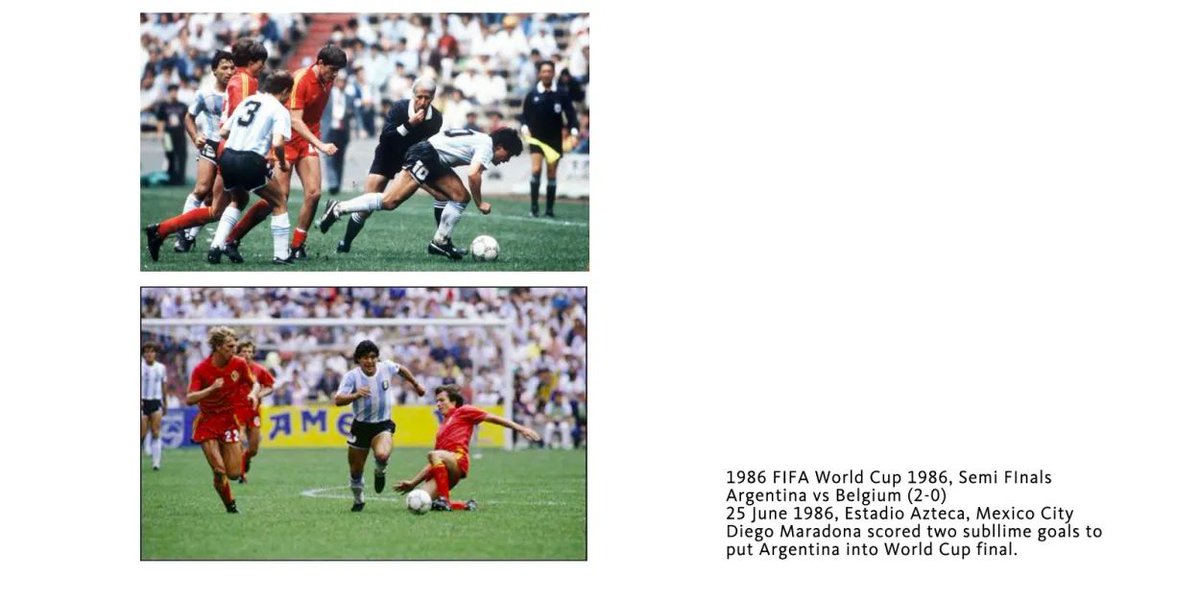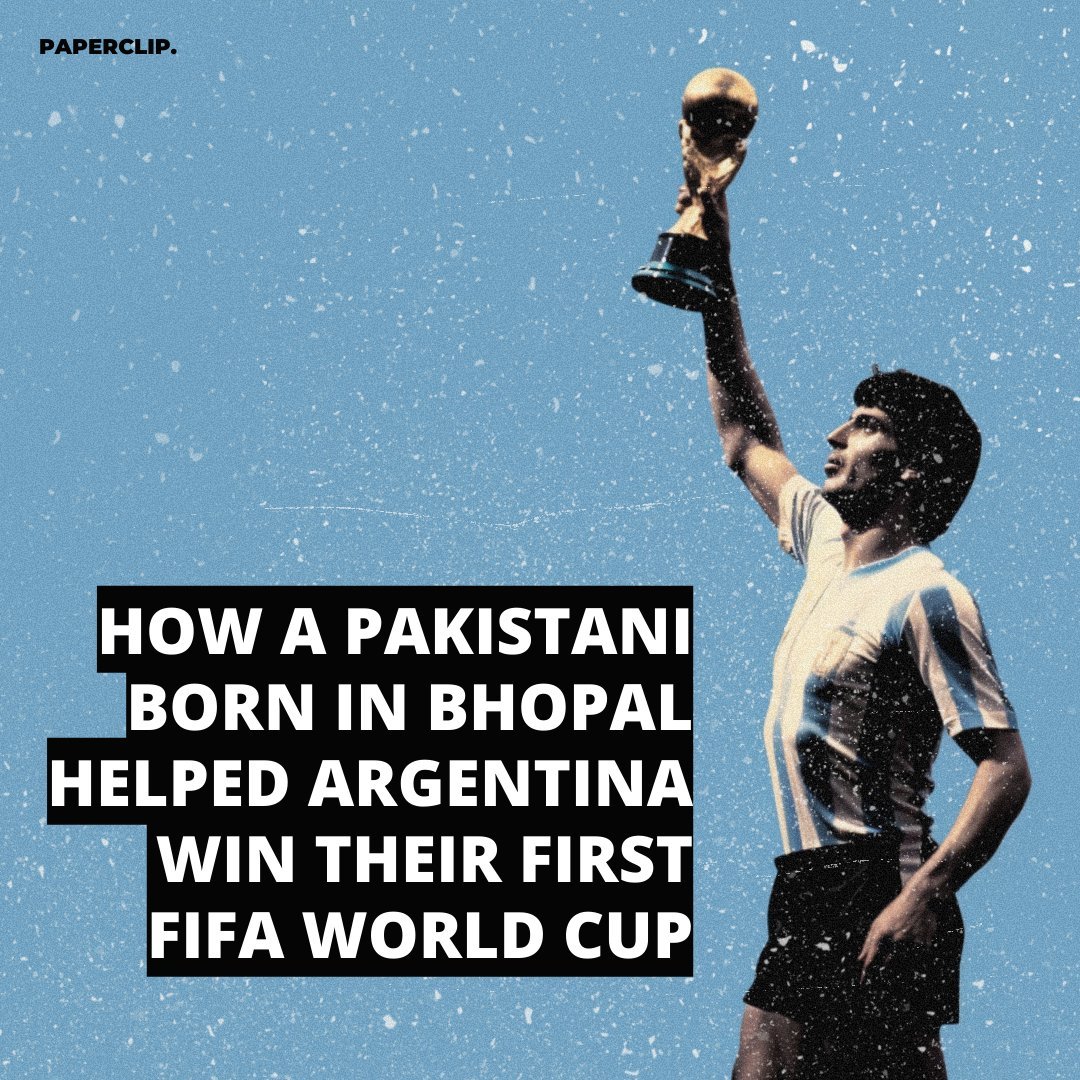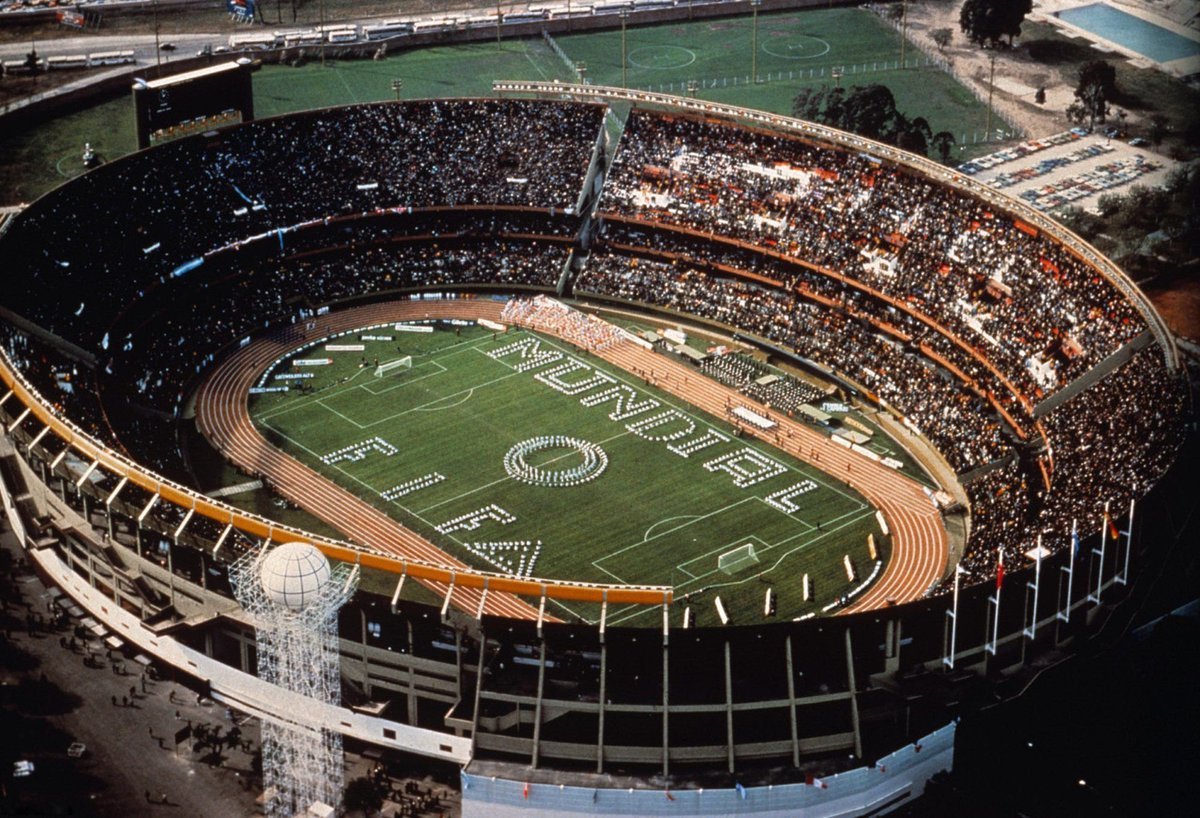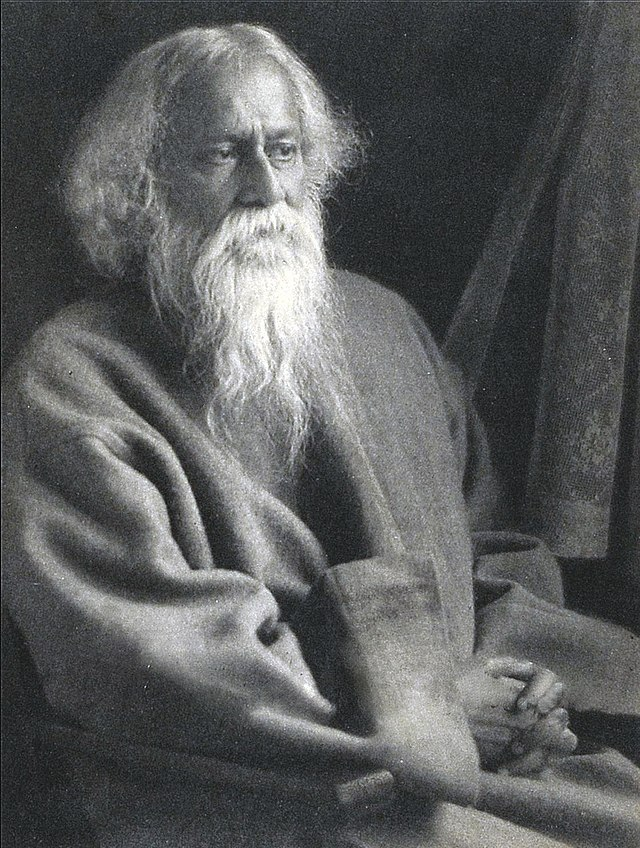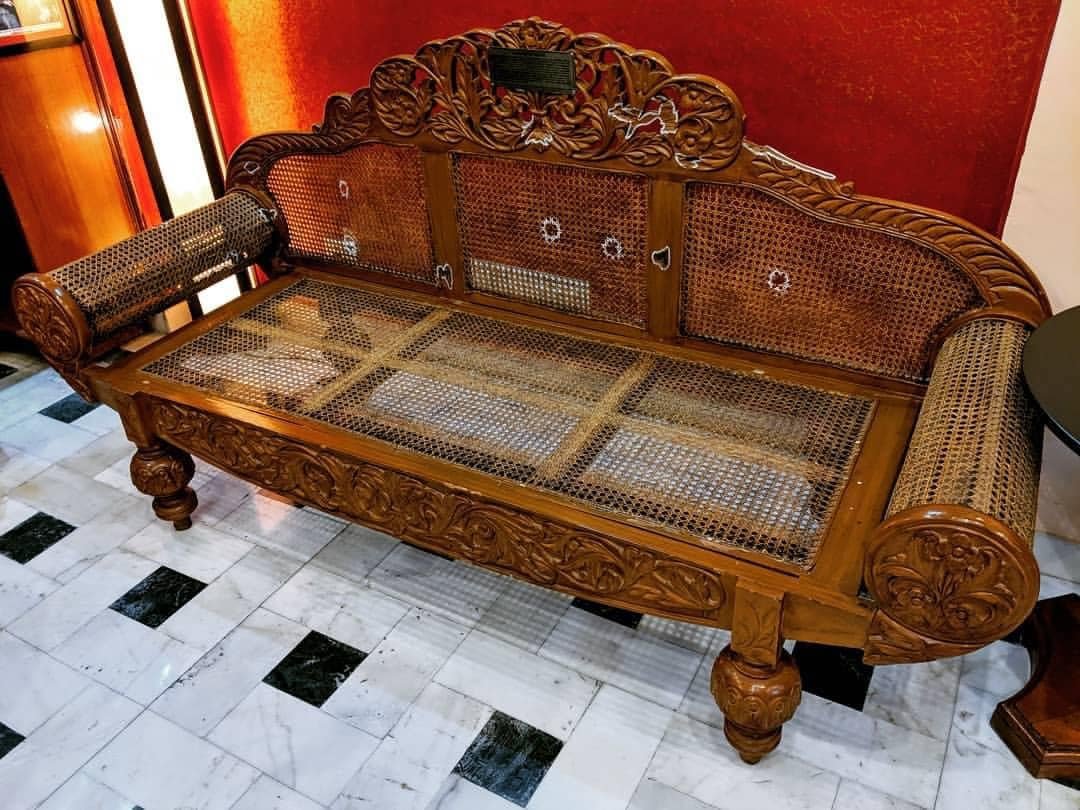With only 30 days until the #FIFAWorldCupQatar2022 kickoff, here is something special to get you in to the mood for football: a visual documentation of flying tackles and failed attempts to beat the unstoppable Diego Maradona. A thread like no other (1/24) 

Here, we present a feature with some seen, unseen and rare stills of Diego Maradona, arguably the best player in the world. We have collated them chronologically to portray the challenges he faced while playing, when the world was out to destroy Diego (2/24) 

We are grateful to the vintage archives of El Gráfico, Clarin, Getty Image, BBC, NY Times and FIFA that helped compile this personal favorite feature. This was earlier published as an article in Goalden Times (24/24)
• • •
Missing some Tweet in this thread? You can try to
force a refresh
























